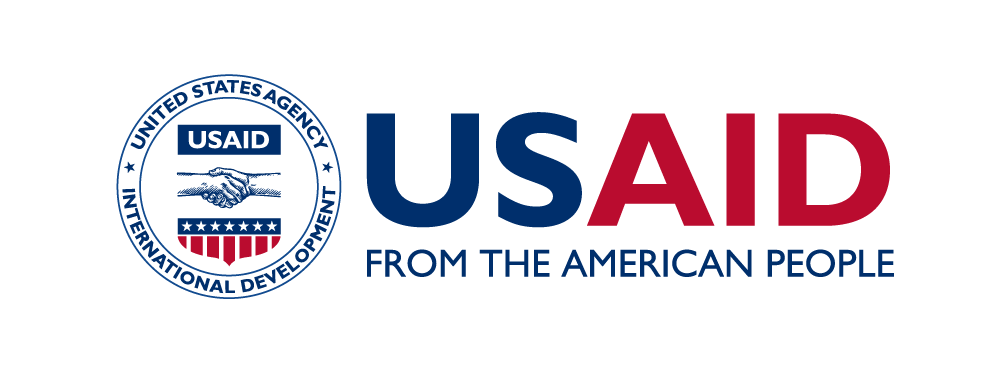Monitoring Health Systems Strengthening Programs: Compendium of Indicators
Categories: HFG Project, Where We Work
Overview Health Financing Human Resources for Health Leadership and Governance for Health
Monitoring health systems strengthening programs:
Compendium of indicators
The US government through USAID and other agencies supports health systems strengthening efforts to expand coverage and use of priority health services and to improve health outcomes worldwide. While there are generally accepted measures of health systems performance, there is not a single readily-available resource of health systems strengthening (HSS) indicators measured at the program level that can be used as a reference when monitoring and reporting on specific HSS interventions or programs.
The need for a readily-available resource of HSS indicators, measured at the program level and covering the spectrum of HSS interventions, prompted the development of this compendium. The compendium provides a wide-ranging menu of indicators to be used by USAID, implementing partners, and other organizations when preparing monitoring and evaluation (M&E) plans for HSS programs.
The compendium covers three of the health system building blocks defined by the World Health Organization:[1]
The compendium draws on M&E plans of 34 USAID-funded projects that have provided technical assistance in these three areas, as well as other resources on HSS indicators. The indicators are primarily at the lower levels of the results framework for a typical donor-funded project (inputs, processes and outputs) – which is where technical assistance operates. Projects can either use these indicators directly or can tailor them to respond to more-specific project activities (e.g., that might be necessary for projects that provide technical assistance to disease-specific entities, such as a national HIV/AIDS program).
For each indicator, the compendium includes a reference sheet that describes the rationale and role of the indicator (what it measures and why that is important for health system outcomes), defines any terminology or specific elements of the indicator (including relevant examples), and suggests data sources.
To identify and select the indicators for inclusion in the compendium, M&E experts as well as other technical experts from the HFG, Capacity Plus, and the Leadership, Management & Governance (LMG) projects reviewed more than 300 indicators, including indicators already used by USAID-funded bilateral and global projects, as well as additional relevant indicators found in M&E manuals and guiding documents by USAID, PEPFAR, WHO and other organizations. The indicators selected for this compendium thus reflect activities that are common for health system strengthening projects as well as indicators required for USG reporting purposes.
[1] These are the core areas for the Health Finance and Governance project. The compendium does not include indicators for the remaining three building blocks (health information systems, access to essential medicines, and service delivery).



